Global Education Leaders Gather at Pace for Week of Innovation and Design
Pace University Showcases Future of Learning Through Design Thinking and Collaboration
Since 1906, Pace University has made a mark on the lives of innumerable students. Among the many degree-granting institutions here, the Seidenberg School of Computer Science and Information Systems stands out as one of the first all-encompassing computing schools in the United States. It provides students with real-world experience in AI, cybersecurity, software engineering, and data science, among others, thanks to strong industry partnerships and a stellar faculty. Earlier this month, the NYC Design Factory at Pace University, part of the Seidenberg School of Computer Science and Information Systems, hosted two notable international events: International Design Factory Week (IDFW2025) and UnBoxed2025, an education conference. These two events welcomed people from around the globe to brainstorm, develop creative projects, and test new forms of learning and problem-solving.
The week, which lasted from October 1-5, was an occasion for sixty worldwide representatives from some twenty Design Factories and Innovation hubs within universities to collaborate on design-based educational activities and future-oriented innovations. The New York City Design Factory transformed into an upbeat ambience for the co-creation of knowledge, sharing of insights, and creation of cross-border partnerships. It was the very embodiment of the upward trajectory that Pace University has embarked upon in the global education sphere, being firmly committed to remaining on the cutting edge of innovation and design thinking in higher education domains. The events were the very manifestation of this forward-thinking drift.
Senior leaders at Pace University exemplify the occasion as a tipping point for the school. Executive Vice President for Academic Affairs and Interim Provost Jonathan H. Hill said that hosting the annual Design Factory Global Network event had been a long-standing goal. He called it one of the major experiential learning opportunities he had seen in his career in higher education. He declared that Pace demonstrated its excellence through hospitality, creativity, and an entrepreneurial spirit.
She mentioned that Li-Chiou Chen, interim dean, appreciated the events since they gave Pace a chance to show real-world projects and teamwork across cultures. The importance of networking and the establishment of global ties will continue to nurture innovations outside the classroom, she stressed. Pace University's NYC Design Factory initiative offers a cooperative forum for academics, industry professionals, and students to address societal and industrial issues. DFGN is a global network of educational innovators and educators. Pace students participate in interdisciplinary projects and educational design courses through this network, working with partners like CERN's IdeaSquare in Switzerland. The i2Planet program, which encourages systems thinking and solution design to address complex global issues, is one example of this initiative. With a focus on human impact, its lab approach integrates technology into design thinking.
Andreea Cotoranu, clinical professor and director of the NYC Design Factory, affirmed the honour of hosting both IDFW2025 and the UnBoxed Education Practice Conference. She mentioned that both events positioned Pace in a global community that is reimagining how students learn and prepare themselves for positive impact on their communities and the wider world. Furthermore, the Design Factory’s global approach to collaborative, cross-disciplinary learning was included in this week’s activities, including interactive demonstrations, presentations and practical workshops. A wide range of subjects covered, including AI-assisted creativity and educational equity, to sustainable design and entrepreneurship. For example, Systematically Incorporating Equity into Design Thinking for AI Education focused on inclusive innovation, while Prompt, Prototype, Repeat examined how educators are incorporating generative AI. Flood (In)Tolerant Ecologies, another session, explored climate resilience through art and design.
Interactive demonstrations like Intellectual Sparring with AI Bots, which dealt with future scenario planning using AI tools, and From Idea to Happy Customer, a board game that emphasises startup thinking, were presented to the participants. They gave examples of how design thinking for innovation can be applied to various fields and how technology in education is fostering the development of the next generation of educational opportunities. The events were encouraging demonstrations of innovation and teamwork, according to Christelle Scharff, associate dean and co-director of the Seidenberg AI Lab. She observed that ideas for some collaborative projects naturally emerged, and the week offered the perfect environment to actually implement those ideas. She hopes that these partnerships will continue after the event.
The conference brought together educators who are now rethinking the future of classrooms by emphasising creativity, empathy, and technology, said Jonathan Williams, clinical assistant professor and conference co-chair. He was also thrilled to see that the conference was encouraging critical thinking about how learning environments are designed. Students took an active part in the week’s events by joining workshops, presenting projects, and working with peers from different countries. Lauren DeMaio, a former student and graduate of the Seidenberg School, shared that the experience reminded her why she had joined Design Factory courses—to work with people from different backgrounds on important challenges. She felt the week encouraged her to think in creative and global ways that only the Design Factory could provide.
Pace University has strengthened its standing as a pioneer in design-led learning and innovation in higher education by supporting IDFW2025 and UnBoxed2025. The activities demonstrated how design thinking and interdisciplinary cooperation are being used by New York universities to advance global education. By essentially encapsulating the essence of creativity and learning, this summit made the claim that educational innovation hubs have the power to transform the way that education is delivered in the future and enable students to solve global problems.
Editor’s Note
Pace University’s hosting of International Design Factory Week and the UnBoxed2025 education conference marks a defining moment in its evolution as a global leader in design-led education. These events were not simply academic gatherings; they were a clear demonstration of how higher education can be reimagined through innovation, collaboration, and purposeful design thinking. The university’s ability to convene a global network of educators, students, and industry partners in New York City speaks volumes about its growing influence in the international education space. The NYC Design Factory, in particular, has emerged as a dynamic hub where creativity meets technology, and where students are empowered to address real-world challenges through interdisciplinary learning. The sessions on equity, climate resilience, and AI-driven pedagogy were not only timely but deeply relevant to the future of education. What stands out most is the university’s commitment to experiential learning and global engagement. From faculty leadership to student participation, the week reflected a shared vision: that education must be inclusive, forward-thinking, and rooted in human impact. It is this ethos that positions Pace University not just as a participant in global education but as a driver of meaningful change.
Skoobuzz asserts that this conference was more than a success; it was a clear declaration of purpose. Pace is actively shaping the future, not just preparing students for it.
FAQs
1. What events did Pace University host in October 2025?
Pace University hosted two major international events: International Design Factory Week (IDFW2025) and the UnBoxed2025 education conference. These took place from 1–5 October at the NYC Design Factory, part of the Seidenberg School of Computer Science and Information Systems.
2. What is the NYC Design Factory at Pace University?
The NYC Design Factory is a collaborative innovation hub within Pace University’s Seidenberg School. It brings together students, faculty, and industry professionals to work on real-world challenges using design-led education, technology, and interdisciplinary learning.
3. What is the Design Factory Global Network (DFGN)?
DFGN is a global network of educators and university-based innovation hubs focused on design thinking for innovation. It connects institutions worldwide to promote creative problem-solving and experiential learning. Pace University is an active member of this network.
4. How many participants attended IDFW2025 and UnBoxed2025?
More than 60 participants from 20 Design Factories around the world attended the events. These included educators, students, and innovation leaders from universities and partner organisations.
5. What is the role of design thinking in higher education?
Design thinking encourages creative, human-centred problem-solving. In higher education, it supports collaborative learning, real-world application, and interdisciplinary approaches. Pace University uses this method to prepare students for global challenges.
6. How is Pace University promoting innovation in education?
Pace promotes innovation through hands-on learning, global partnerships, and programmes like the i2Planet initiative, which encourages systems thinking and solution design. The university also integrates AI, sustainability, and entrepreneurship into its curriculum.
7. What happened at the Global Innovation Summit hosted by Pace University?
The summit included workshops, presentations, and interactive demos on topics such as AI-assisted creativity, educational equity, climate resilience, and startup thinking. It showcased Pace’s leadership in tech in education and design-led learning.
8. What were some highlights of the conference sessions?
Key sessions included:
Prompt, Prototype, Repeat – exploring generative AI in teaching
Systematically Incorporating Equity into Design Thinking for AI Education – focusing on inclusive innovation
Flood (In)Tolerant Ecologies – using art and design to explore climate resilience
Intellectual Sparring with AI Bots – scenario planning with AI tools
From Idea to Happy Customer – a board game on startup thinking
9. How did students participate in the events?
Students were actively involved in workshops, project presentations, and global collaboration. They worked with peers from different countries and contributed to discussions on innovation and education design.
10. What did Pace University leaders say about the events?
Senior leaders described the events as a milestone. Interim Provost Jonathan H. Hill called it one of the most impactful experiential learning opportunities in his career. Interim Dean Li-Chiou Chen emphasised the value of global collaboration and real-world learning.







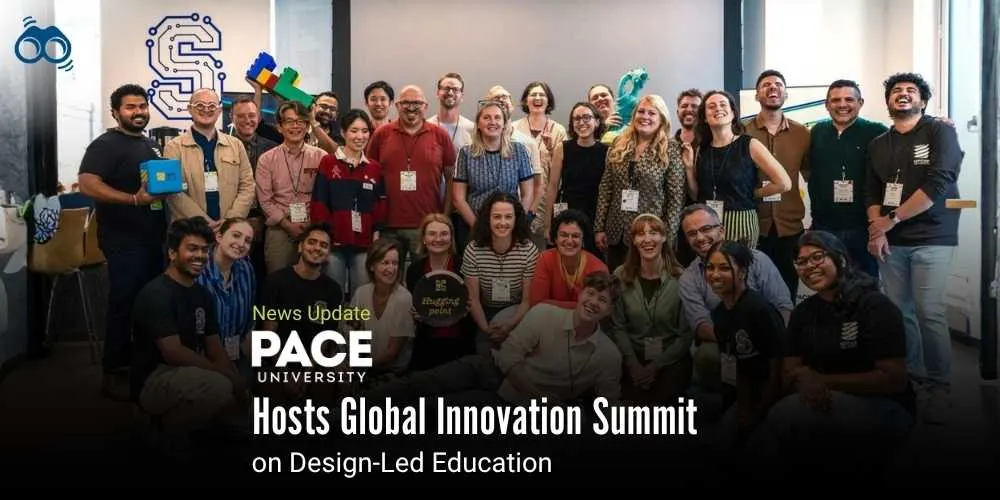
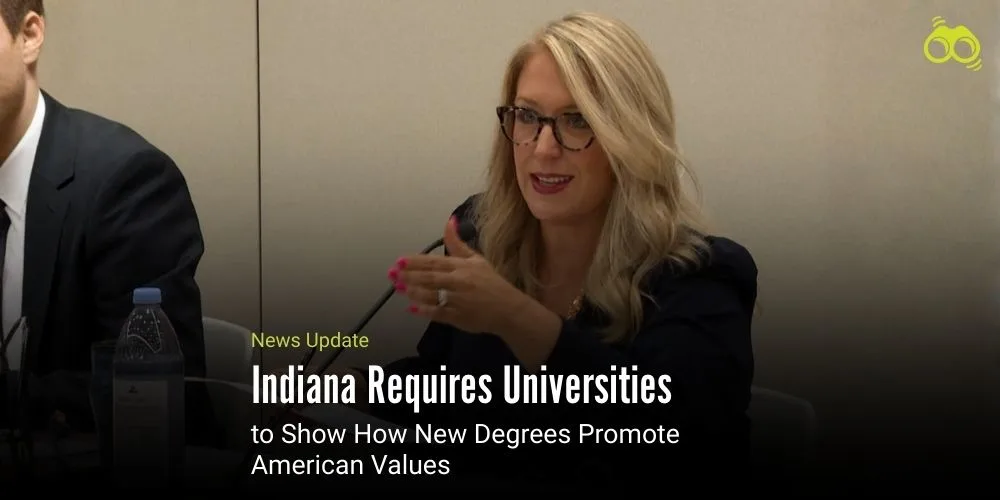
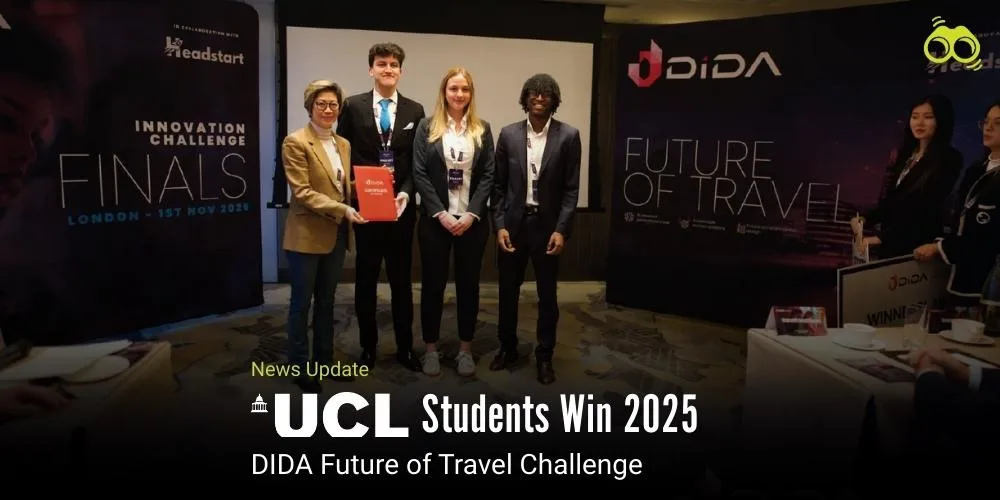
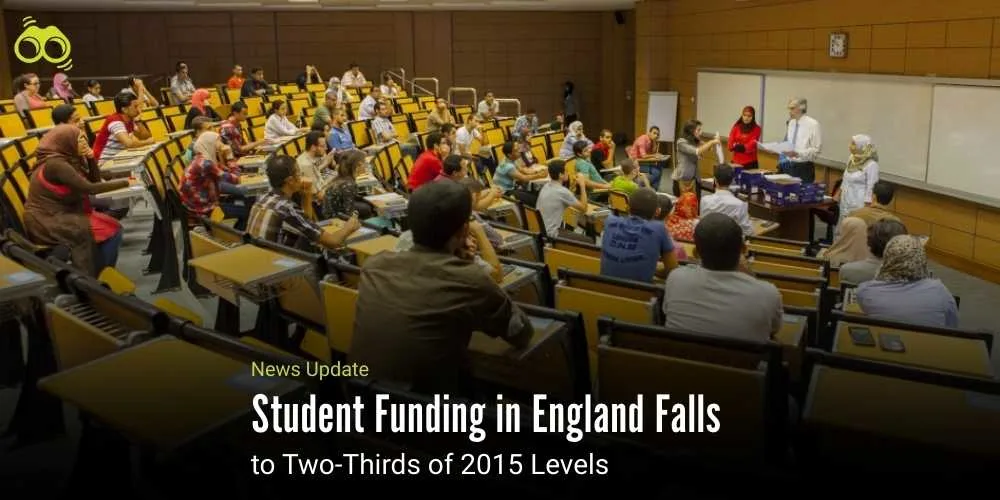
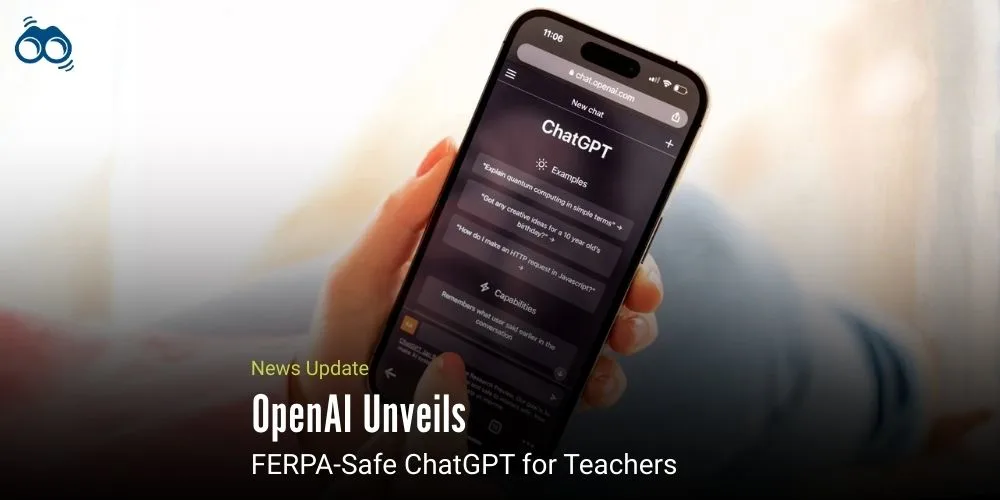
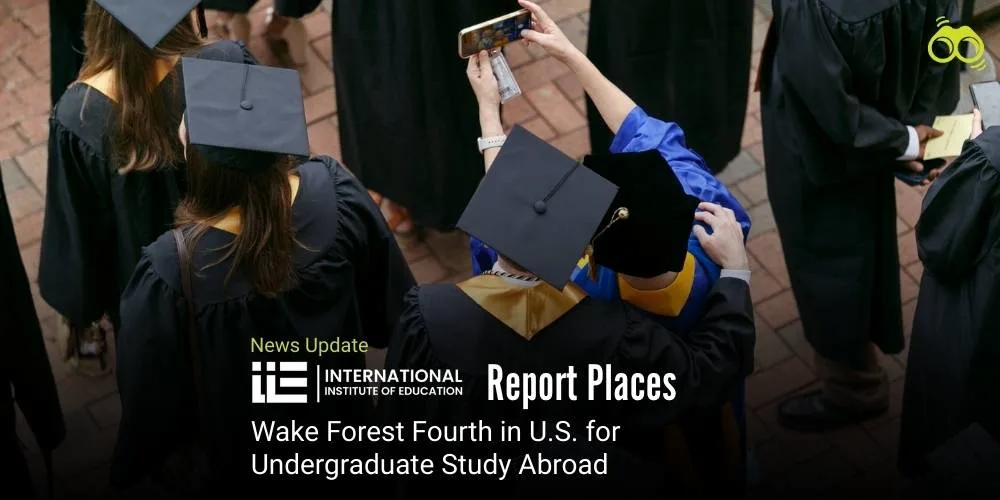

0 Comments (Please Login To Continue)